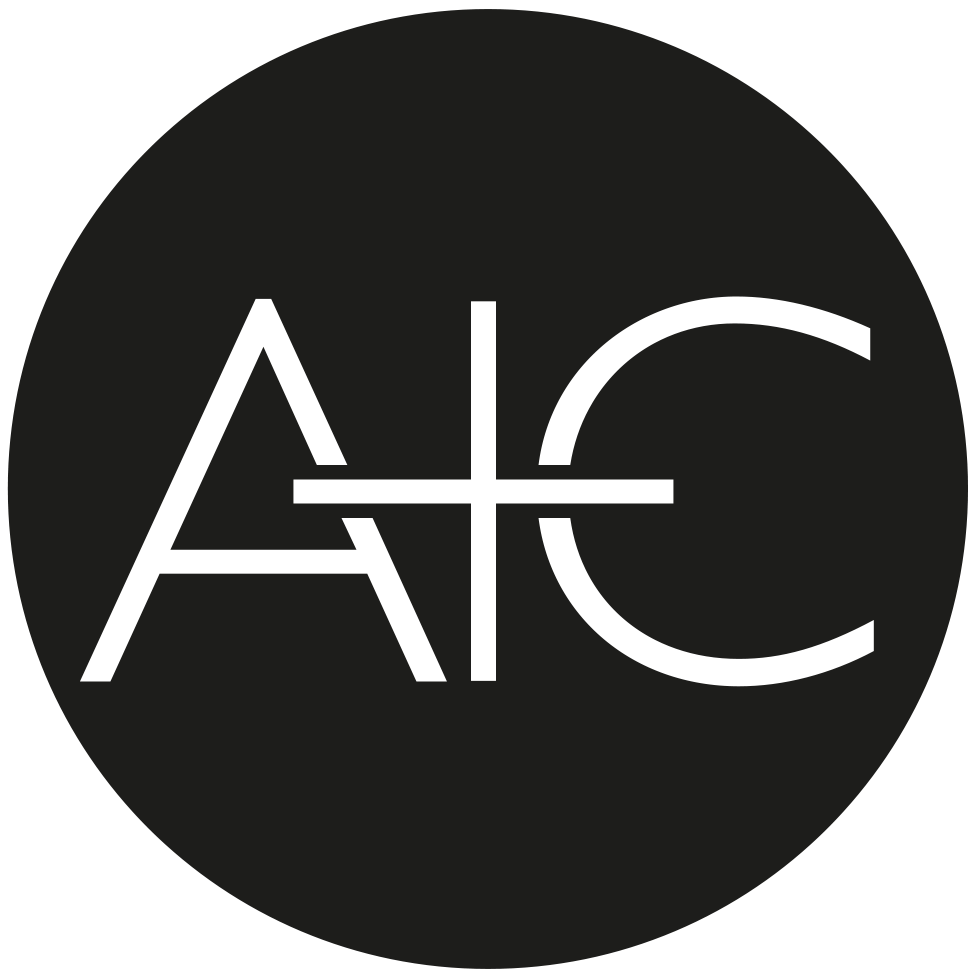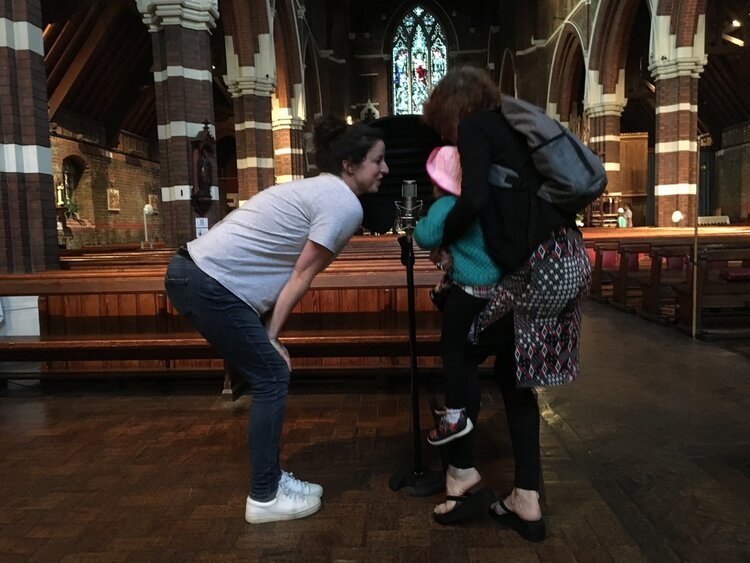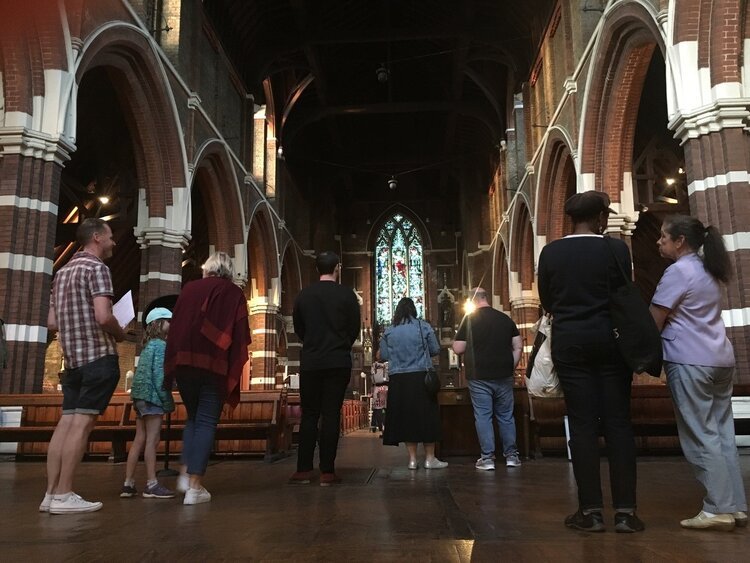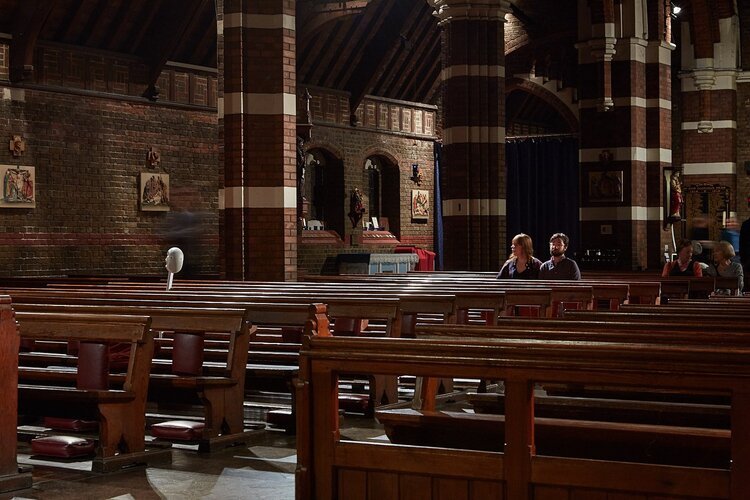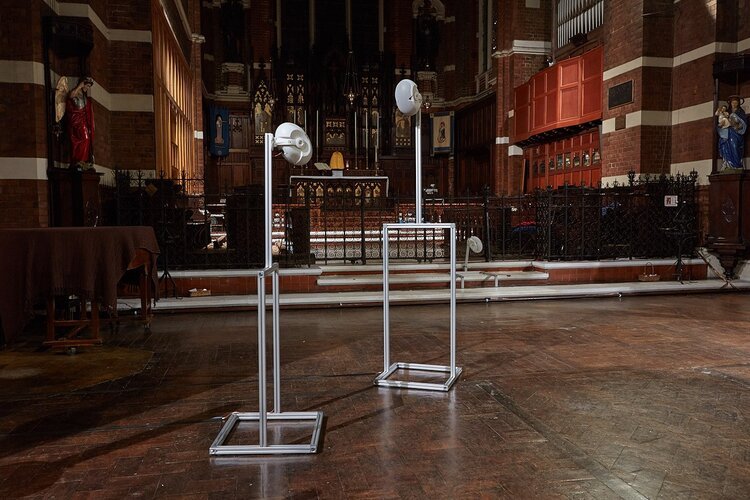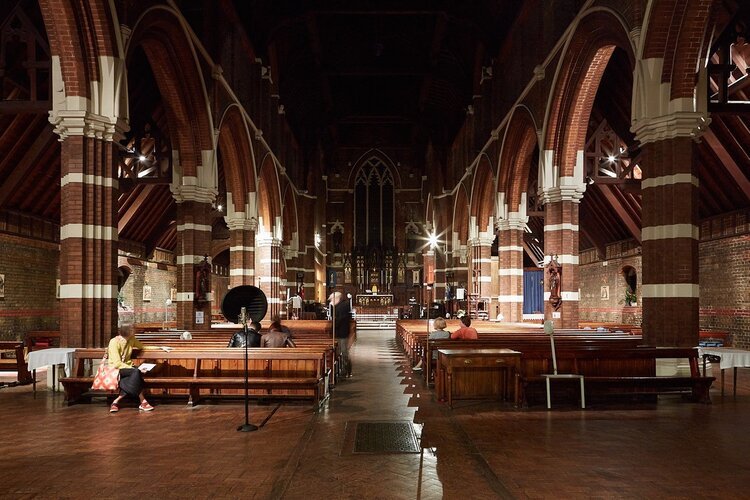Fellowship: Emma Smith, Euphonia
Artist: Emma Smith
Date: 23 – 29 June 2019 & 26 July – 12 August 2019
Location: St Michaels and All Angels, Walthamstow & Holy Trinity, 4 Holloway Road, Leytonstone
Summary
Initiated with an aim to build relationships between Waltham Forest churches and the communities which surround them through the medium of contemporary art, this project comprised four artists commissions realised in four churches in Waltham Forest. The project aimed to tap into a wider enthusiasm for cultural activity taking place in the Borough due to Waltham Forest being named the first London Borough of Culture for 2019.
Appointed artists were briefed to work with the communities in and around their host churches to develop and realise their work. A+C aimed to foster enduring relationships between the churches and their local communities through this and other projects, equipping clergy and lay-people with confidence to host exhibitions and arts events in the future. All four artists produced or reconfigured site-responsive installations in response to the theme ‘fellowship’, one of the Borough of Culture’s designated themes. Where possible, the installations were affiliated with larger arts programmes in order to increase visibility; Emma Smith’s commission was part of Art Night London, while Victoria Burgher and Hannah Whittaker’s commissions were featured in the Leytonstone Art Trail.
Context
This project was conceived in response to the news that Waltham Forest was to be London’s first Borough of Culture during 2019. The Borough of Culture programme attracted over 100,000 people to participate in cultural activities in the borough, varying from major projects such as the Walthamstow Garden Party, organised by the Borough, to the 125 community-led cultural activities which were financially supported by the Council. This included the hosting of Art Night London, London’s largest contemporary art festival which commissions artists to produce new work in out-of-gallery locations in a different part of the capital each year.
Description
The project was made possible by a grant from London Over the Border, which covered the fees and materials for the Lead Artist and three Associate Artists.
The Lead Artist, Emma Smith, was appointed following an invitation-only call for proposals, while the three Associate Artists were appointed following an open call widely advertised on artists’ news sites such as a-n and the Arts Council jobs page. Interviews were conducted by a small panel comprising A+C staff and an A+C trustee.
Lead Artist Emma Smith presented a specially adapted version of her installation Euphonia (2018); first at St Michael and All Angels, Walthamstow for Art Night London, and then subsequently at Holy Trinity and St Augustine of Hippo in Leytonstone. Euphonia is an interactive, multi-speaker sound installation which celebrates the power of vocal communication to unite us across linguistic and cultural divides. A microphone within the installation listens to the voices of those within the space and responds; both by shuffling the pre-recorded score to play the part which best harmonises with the live voices, and by adjusting the pitch of the music in accordance with those voices.
Though initially it was anticipated that the lead artist would produce a new work, due to time restrictions (there was around eight months between project initiation and delivery) it was felt that adapting an existing work was more realistic. The Euphonia installation was judged to be highly sympathetic to the Fellowship theme, and the installation is extremely flexible, meaning that it had a very different effect in its two locations. The music used in the piece was recorded at, and sung by, the Choir of St John’s College, Cambridge, and Smith was excited to present the work in a church setting, thereby re-connecting with this context. It had a very different feel in the two church locations: St Michael and All Angels’ high Victoria gothic and Holy Trinity and St Augustine of Hippo’s pared down modernism.
As part of the project, Emma organised a series of workshops which invited members of the congregation to experiment with the ‘language’ she created to write the score, a singing language invented by the artist in 2015 based on the sounds found most compelling in creating social bonds and which aim to transcend traditional language barriers.
Appraisal
Participating in Art Night and the Leytonstone Art Trail allowed A+C to benefit from the marketing reach and resources of these established and much larger organisations. Featuring on their maps, websites and publications helped advertise the project to the large audiences attending Borough of Culture events.
The lead commission from Emma Smith was a success, drawing an audience of over 300 for Art Night and a very positive response from visitors. A number commented that it was the best intervention of the festival, and another that it offered respite from the more frenetic elements of the Art Night programme. Smith cited strengths of the experience as positive communications with Art and Christianity and the response of Art Night visitors as well as participants at workshops with congregation members at Holy Trinity and St Augustine. Smith commented: ‘Placing the work in a sacred context deepened the meaning of the work. It was of great interest to me to draw out the Christian histories of song and voice as part of contextualising the work and sonically the buildings really suited and supported the work.’
The Associate Artist commissions succeeded variously in engaging the communities of their host churches and producing striking temporary artwork. Victoria Burgher’s Crown was embraced by the congregation, who took part in workshops to produce the foil flowers and attended a special service to bless it upon its installation. Hannah Whittaker’s Parquet Picioare enabled wide-spread participation from members of both the Anglican and Romanian congregations and wider community, and its lively ‘dance floor’ association well reflected the dynamism of the church itself. Vicar Rev’d Lesley Goldsmith commended Naomi Maxwell’s photographs as showing the ‘good artistic merit, as well as the concept being really strong’. Some artists were more successful in connecting with the church communities than others, and the project revealed the importance of both managing expectations regarding the level of presence an artist might have and ensuring that artists set aside time to understand the context they are working in.
A significant challenge faced as part of the project was staffing the churches with invigilators in order to make the art work accessible to visitors outside of service hours. None of the churches were open daily as a matter of course for security reasons, with most opening for services a few times per week. A+C were not able to secure volunteers from the Borough of Culture initiative, so were reliant on the church congregations themselves who understandably had myriad commitments elsewhere. As a result, opening days were limited, which in turn limited the audience for the works.
The short time frame for the project, with artists appointed in January for summer openings, did not allow as much time as would be optimal for the projects to develop. Though all artists completed their projects on time, and to a good standard, the project demonstrated that, if artist commissions are to involve engagement with a congregation or surrounding community, time lines of at least eight months are required, especially if artists are working on multiple projects simultaneously.
